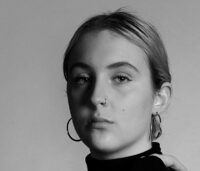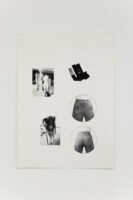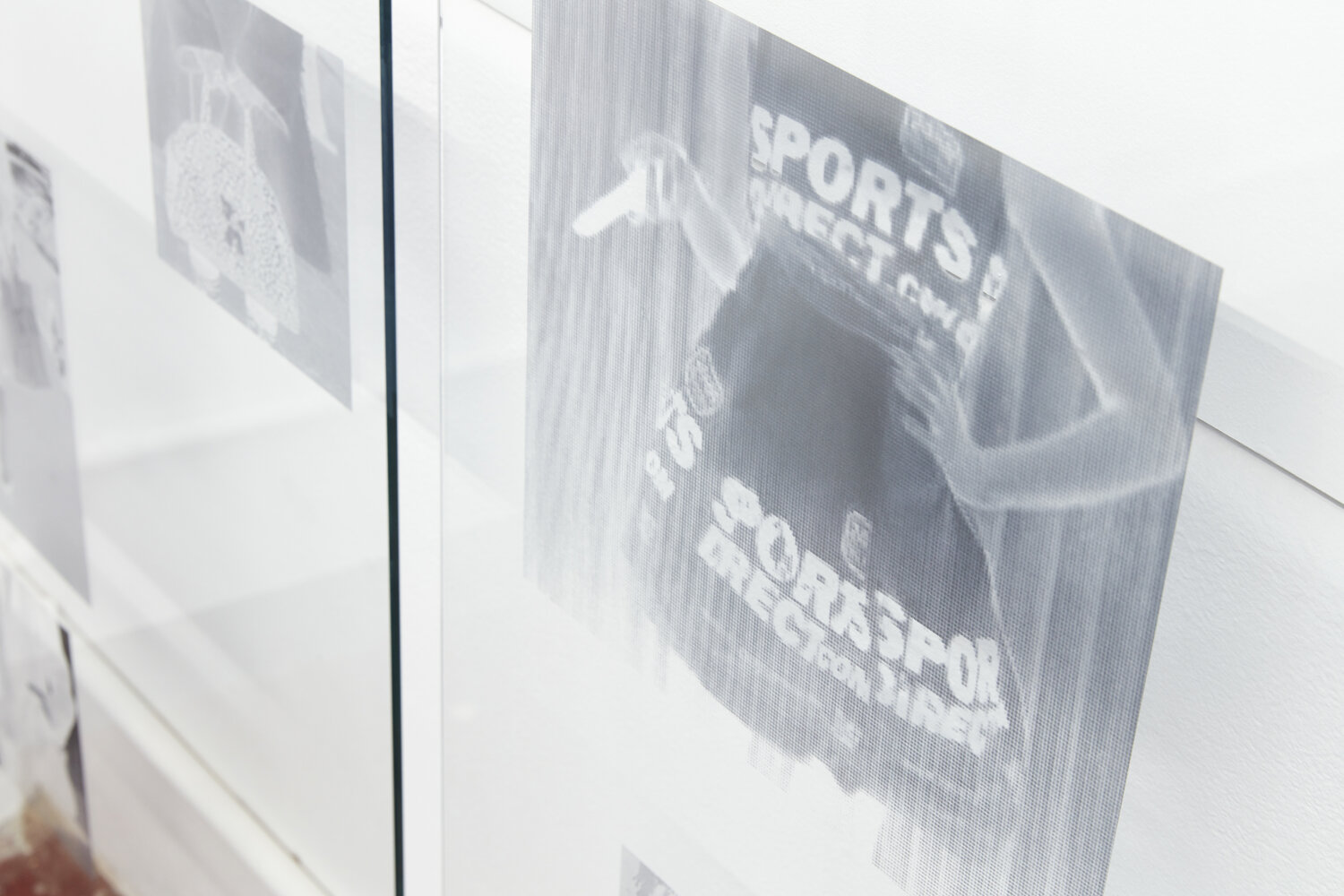
New Photographers: Q&A with Isabella Darcy
1.3.22
Isabella Darcy is an emerging cross-media artist based in Melbourne who graduated from Monash University with a Bachelor of Fine Arts (Honours). Isabella’s practice follows an interest in the systems and flux of value within consumable objects and design. She is paired with British artist (and PHOTO 2021 alum) Felicity Hammond as her mentor.
Hello Isabella, please start by telling us something about yourself that is not in your bio.
My name is Isabella Darcy and I grew up in Melbourne, my cultural background is Maltese. I currently work as a Museum Assistant at Monash University Museum of Art (MUMA) and my studio is part of Hayden’s Gallery in Brunswick East. The studio was passed onto me by my friend and mentor John Nixon, who passed away in 2020. John taught me that an art practice is a life practice, this is something that I now take on in my everyday life. My true passions in life are experiencing and drawing connections between fashion, art, architecture, and music.
What inspired you to work with photography?
My practice is very much archive-based. When I initially visualise what an archive is, photos always come to the forefront of my mind. This, of course, has inspired my interest to work with photography. My draw to photography is its ability to invoke collectivity and construct memory—a photo can reach anyone and can echo new perspectives on another cultural existence and time. Secondly, in my studies, I was influenced by the work of Aby Warburg and the Mnemosyne Atlas, an attempt in mapping how images of great symbolic, intellectual and emotional power emerge in Western history and then re-emerge in new contexts within art.

Image: Isabella Darcy, Moodboard #6 from the series Reworked, 2019. Image Courtesy Aaron Christopher Rees.
What can people expect to see from you at PHOTO 2022’s New Photographers exhibition?
The PHOTO 2022’s New Photographer’s exhibition will be an iteration of my project, Reworked. Reworked was conceived during my time as an artist in residence with the NARS Foundation, New York in 2019. The project investigates the material processes of twenty-first-century shopping and wearing – with a particular focus on urban archetypes, online marketplaces, and consumer cultural trends observed within social media and psychogeographical practices; through an archival methodology.
The physical works will be a continuation of my Moodboard series. The Moodboards are arrangements of my photo-based archive. The works are a representation of clothed bodies in various media formats using found, taken, and collected imagery. Using the format of the ‘moodboard’ the work draws attention to the methods and modes of production in fashion products, print media, and social media, analysing their cultural effects throughout the last two decades. Through arranging this continuous archive, I am consulting the studies of the social modes of dress and its mass-produced impression on collective human behaviour. Ultimately, Reworked is an interpretation of an archive that embodies a set of fossils of graphic production.
Where do you draw inspiration for your work from?
I mostly draw inspiration from being a consumer of popular culture and drawing influence from the spaces I inhabit and the people I surround myself around. This could be anyone from a friend to a stranger on the street. Most of my inspiration comes from psychogeographical practices and exploring how different cultures manifest in different cultural and geographical landscapes.

Image: Isabella Darcy, Moodboard Glass #18 - 19 from the series, Reworked, 2020. Image Courtesy Zan-Wimberley.
What does the PHOTO 2022 theme Being Human mean to you?
The theme ‘Being Human’ mostly resonates with me when I think of it in parallel with photography and its power to become a record of people, time, and place. This, I think, is important to the passing of cultural knowledge to future generations, not just literary, but visually too.
As part of the New Photographers program, you have been paired with Felicity Hammond as your mentor. Can you let us know why you are excited about connecting with them and what you are hoping to gain from the mentorship?
I am very excited to be paired with Felicity. I can see really significant links to our works, particularly the immersive behaviour and embodiment of ideas around consumerism and architecture as well as using photography as a material, not just a medium.
What I hope to gain from this mentorship with Felicity is to obtain knowledge on how to push my work materially and spatially, much like her own work. I also want to gain insight into Felicity’s career. I want to find out how Felicity has made it to where she is and how she balances her life and art practice. Furthermore, I believe this mentorship with the advice and help of Felicity will be the building blocks to seeing what is next for my project and my practice internationally.
![Image: Felicity Hammond, [Fault Line] (detail), 2020.](https://photo.org.au/api/wp-content/uploads/2020/02/fault-line_hero03-148x200.jpg)
Image: Felicity Hammond, Fault Line (detail), 2020.
When you are not working, what do you enjoy doing most?
Like many people, music is a big part of my life and how I socialise. I spend my time outside of work at music events, discovering, listening, and sharing new music with friends and DJing. A few years ago, I began an experimental music project under the alias name, Majella. I have spent the last year working on this project within a Professional Development Short Course at Melbourne Electronic Sound Studio (MESS).
What advice would you give to your 15-year-old self?
Don’t worry about what other people say, don’t be so hard on yourself, and trust your instincts.

Image: Isabella as Majella, an experimental music project